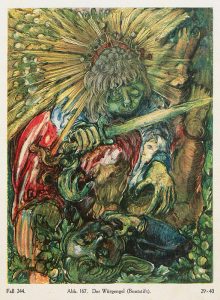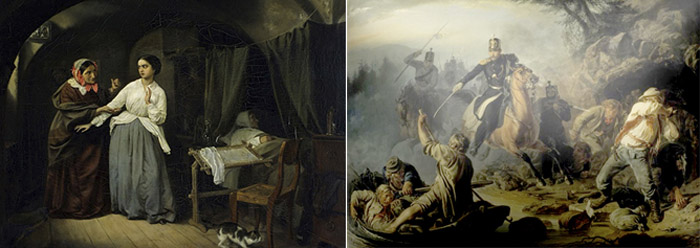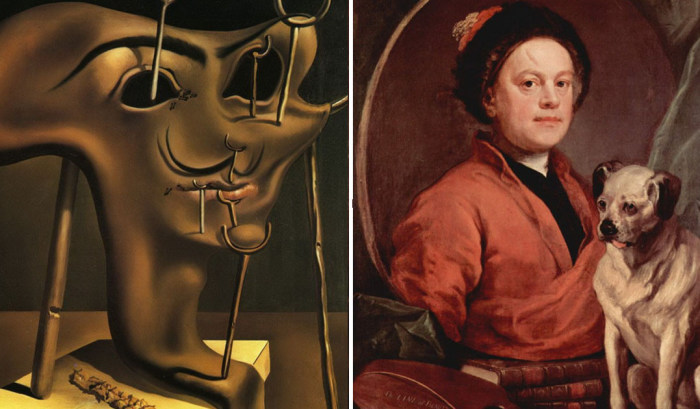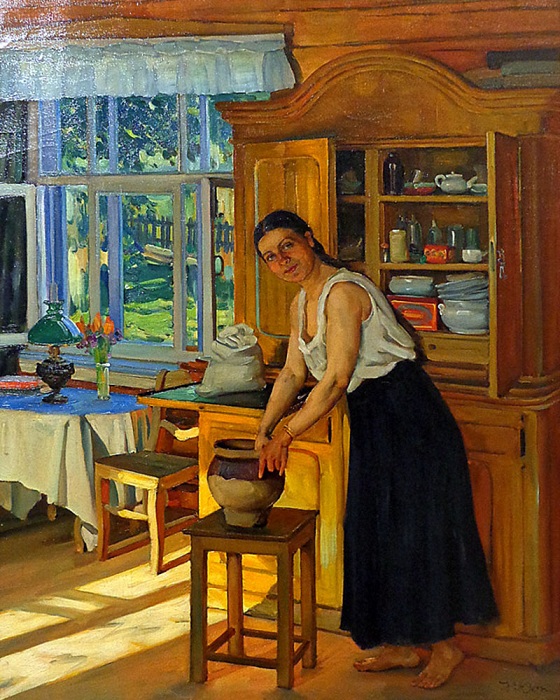exhibitions were
Creativity for the Mentally Ill: A Book That Changed History
 Sometimes you can hear such a statement that in order to create a masterpiece, you must be either a genius or a madman. Tarragon – the hero of the play “Waiting for Godot” by Samuel Becket, said that “we are all born crazy. And some of them remain … “Yes, and where is the line that separates genius from madness? In 1922, a German psychiatrist published a book in which he showed the work of the mentally ill, and this book made a splash among both the psychiatric society and artists.
Sometimes you can hear such a statement that in order to create a masterpiece, you must be either a genius or a madman. Tarragon – the hero of the play “Waiting for Godot” by Samuel Becket, said that “we are all born crazy. And some of them remain … “Yes, and where is the line that separates genius from madness? In 1922, a German psychiatrist published a book in which he showed the work of the mentally ill, and this book made a splash among both the psychiatric society and artists.
The fact that some very talented, and even brilliant people suffered from various mental disorders is not news. So, it is known that Gogol suffered from manic-depressive psychosis, and Leo Tolstoy often had bouts of depression that alternated with numerous phobias. Maxim Gorky was prone to vagrancy and pyromania, and some experts insist that Lermontov suffered from a form of schizophrenia that he inherited from his mother.
Mental suffering – whether they are caused by objective life difficulties or real mental disorders, really somehow affect people’s creativity. And the German psychiatrist Hans Prinzhorn undertook to investigate this influence. Continue reading



